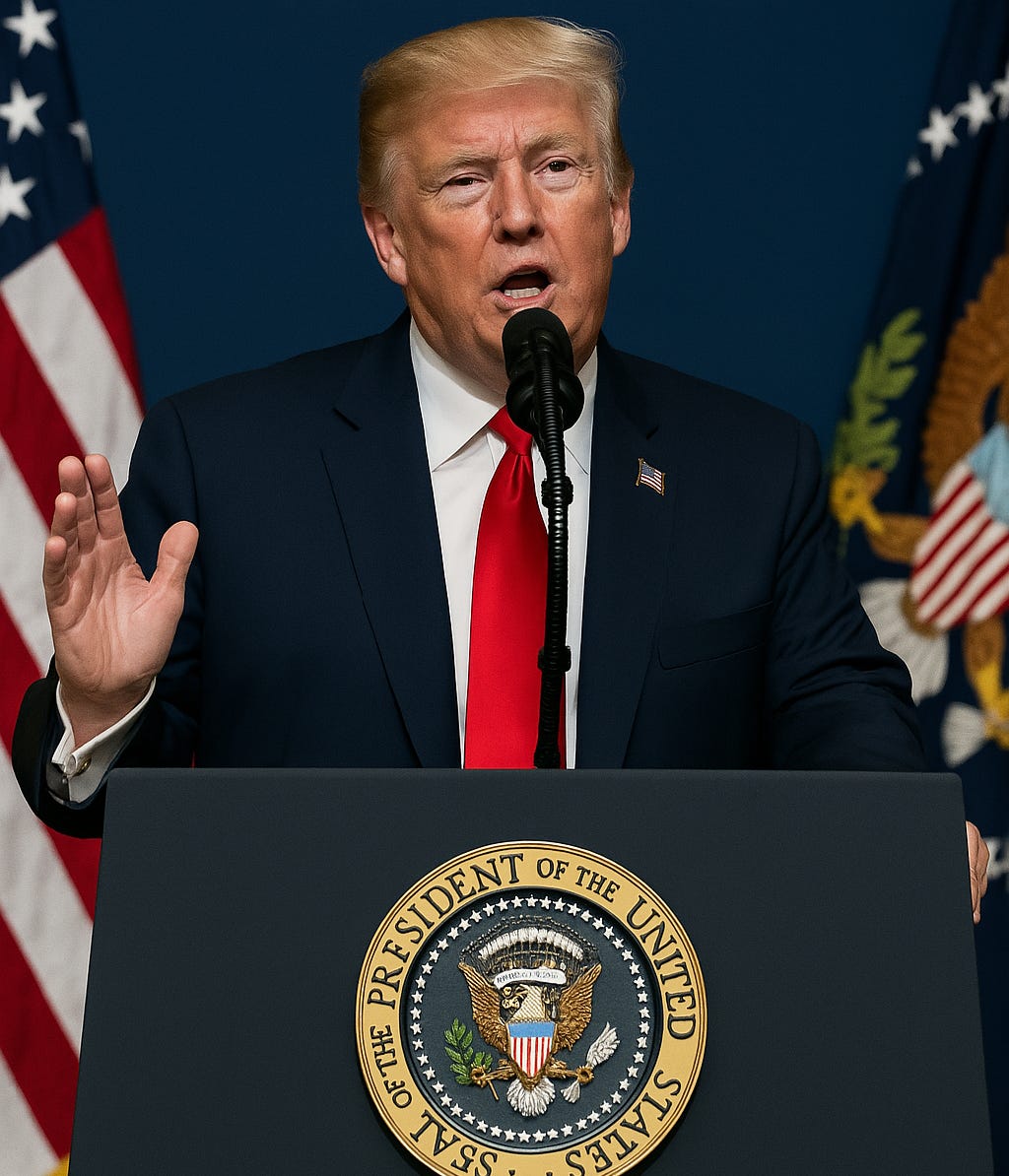Trump has waged a war
How's that going?
Hey there!
Trump just rolled out a wave of new tariffs, calling it America’s “declaration of economic independence.”
If you’re wondering what this means for you, your favorite brands, or even your morning coffee, let’s break it down in simple terms.
📌 What exactly did Trump do?
Trump has imposed a 10% tariff on nearly all imported goods and a 25% tariff on foreign cars. He’s also introduced something called “reciprocal tariffs,” meaning that if a country imposes a tax on U.S. goods, the U.S. will match it.
For example, if a country taxes U.S. products at 20%, the U.S. will tax theirs at 20%, too.
The goal? To level the playing field or at least, that’s what Trump claims.
📌Which countries are hit the hardest?
Some nations are feeling the pressure more than others. Here’s a breakdown of the new tariff rates:
China – 34%
Vietnam – 46%
Cambodia – 49%
Taiwan – 32%
EU – 20%
UK – 10%
Japan – 24%
South Korea – 25%
Switzerland – 31%
This affects a wide range of products, including electronics, cars, clothing, wine, coffee, and even chocolate.
📌 How Are Markets Reacting?
The financial world did not take this well.
Apple, Amazon, Meta, and Tesla all dropped between 3-5% in post-market trading.
Bitcoin took a nosedive, falling from $88.5K to $84.3K.
Gold prices surged to nearly $3,100, as investors looked for safer assets.
Global stock markets took a hit—Japan’s Nikkei dropped 4.4%, and the UK’s FTSE 100 slid 1.4%.
📌How is China reacting to this?
China isn’t backing down. In response to Trump’s sweeping tariffs, Beijing has tightened its grip on outbound investments to the U.S., effectively halting new approvals for Chinese companies looking to expand in American markets.
This move is seen as a strategic attempt to weaken U.S. financial inflows while giving China leverage in trade negotiations.
Chinese officials have strongly condemned the tariffs, calling them a “typical unilateral bullying practice” that violates global trade rules. They have urged Washington to cancel the measures immediately, warning that continued escalation could severely damage diplomatic and economic ties.
Additionally, China has hinted at imposing its own set of retaliatory tariffs, potentially targeting U.S. agricultural products, technology exports, and major American brands operating in China.
With tensions rising, businesses on both sides are bracing for impact. If China follows through on its threats, U.S. companies heavily reliant on Chinese manufacturing and markets could face severe disruptions.
📌 What does this mean for your wallet?
If you buy imported products, expect higher prices. Here are some of the biggest changes:
iPhones (Made in China) – Costs could rise by 34%
Clothing from Vietnam & Bangladesh – Up 37-46%
Swiss watches – Up 31%
Canned beer – Up 25% (Modelo and Corona fans, take note!)
And if you shop from Temu or Shein, Trump just closed a loophole that allowed them to sell cheap goods under $800 without tariffs. Starting in May, a 30% tax applies (rising to $50 per item in June).
📌 Why is Trump doing this?
Trump argues that these tariffs will:
✅ Boost U.S. manufacturing by making foreign products more expensive, encouraging local production.
✅ Reduce national debt by using the extra tax revenue.
However, critics argue that tariffs often backfire, leading to:
❌ Higher consumer prices (which means you’ll pay more for everyday items).
❌ Job losses in industries that rely on imports.
❌ A potential global trade war, as other countries retaliate.
So, that’s it for today. If you found this edition interesting and entertaining, please drop a like and follow us for more!
See ya👋



